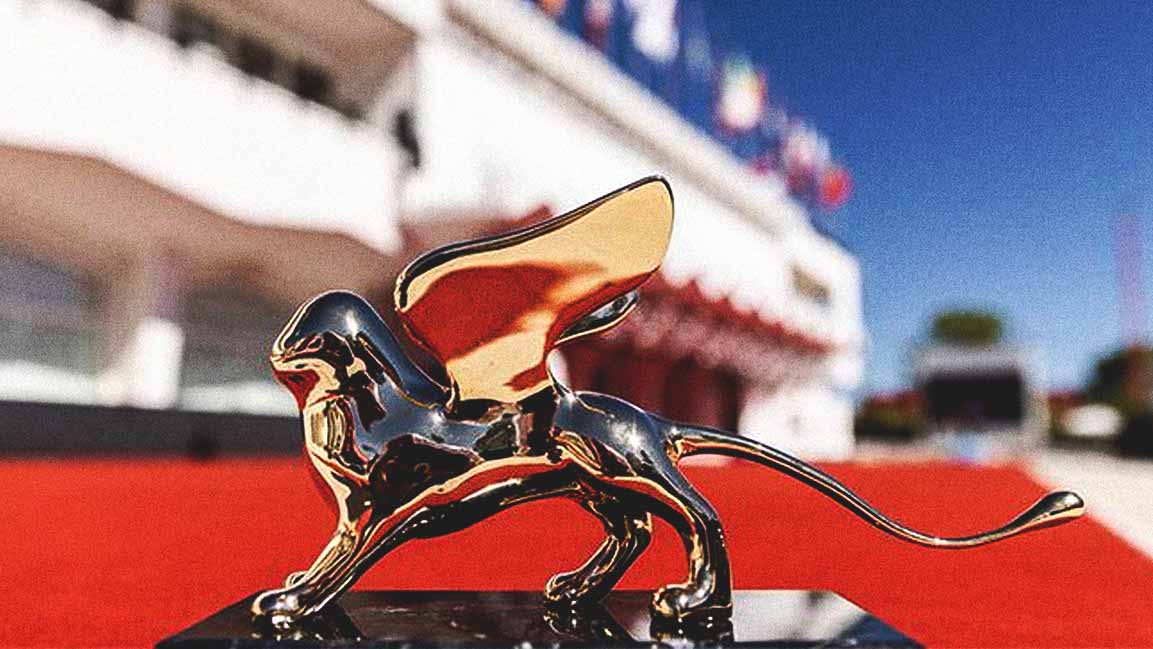- | 3:11 pm
How Nas is changing the way we think about celebrity NFTs

The market for non-fungible tokens swelled to $41 billion in 2021. And, broadly speaking, there’s no better way to capture the interest of celebrities than with a lot of easy money.
In the past year, the worlds of music, movies, and TV have come together with a common goal: cashing in on the new crypto craze. And, for the most part, they’ve had a common theme: the NFTs have been rather ludicrous.
But rapper/entrepreneur Nas is taking a different approach to tokens. Rather than rip-offs of the Bored Ape Yacht Club or digital copies of clothes worn in real life, Nas is offering something more substantial: the streaming rights to select songs in his catalog.
It’s a tangible asset with possible real-world returns, essentially making the NFT more than a token, but a hybrid of crypto and traditional investments. Nas partnered with music rights startup Royal (which is backed by venture capital fund Andreessen Horowitz) on the venture. Together, the two plan to launch tokens that will split 50% of the streaming rights (and streaming royalties) for the songs “Ultra Black,” the lead single off of the 2021 album King’s Disease, and “Rare,” from the follow-up King’s Disease II.
It’s a play that’s gathering plenty of interest. Originally scheduled to drop on Jan. 11, the sale was postponed as fans crashed the sale website. Nas and Royal subsequently delayed the sale until Jan. 20.
The “Ultra Black” NFTs will now drop at 1:00 p.m. ET on Thursday. “Rare” becomes available later on Thursday at 9:00 p.m. ET. Prices for the “Rare” NFTs range from $100 to just under $10,000. Beyond the royalty rights are the now-usual perks that come with NFTs like exclusive merchandise and, if you buy the $10,000 NFT, two VIP concert tickets. (“Ultra Black” tokens are half the price of “Rare”.)
For fans, it’s a chance to have a connection with their favorite artist, but it’s not likely to fund their retirement fund. Artist T-Pain, in December, tweeted out a chart from reddit showing how many plays of a song it took on various streaming platforms to reach $1.
Assuming those figures are accurate, someone who spends $100 for the gold-level NFT for “Rare” will earn about 21 cents for every million streams of the song on Spotify. On YouTube, the song has been viewed a little over 3.4 million times. Had the NFTs been available when “Rare” was released on the platform last August, that would have earned “Gold level” purchasers a little more than 18 cents.
“This isn’t really for the money for me,” said Nas on Twitter Spaces. “This is just a way to see how doing something like this can build and expand with the core base that I got and encourage artists.” And there certainly seems to be validity to that.
But there is some money involved. For “Rare” alone, he’ll pocket nearly $369,000 (minus Royal’s cut) and still retain 50% of the streaming rights. That’s far shy of, say, the $550 million Bruce Springsteen received in the sale of his music catalog, but it’s also just one song.
Still, by offering something with tangible, ongoing, real-world benefits, Nas is upping the stakes for celebrity NFTs.
Previous efforts have ranged from frivolous to downright creepy. Lindsay Lohan, for instance, released one in October of herself as an animated dog—and endorsed one of herself as a cat in December. Quentin Tarantino wants to sell a scan of the handwritten screenplay of a Pulp Fiction scene, but that’s on hold due to a copyright suit from the film’s production company. And Stan Lee’s verified Twitter account promoted a series of NFTs using his name three years after he had died, which raised the ire of many fans. And no one seems to know exactly what Reese Witherspoon has planned, though she has promoted several NFTs in her likeness on social media.
Nas is also opening NFTs up to a wider audience in his payment options. You can, of course, pay with a crypto token, as is common with most tokens. But you can also pay in cash, something that’s a lot more commonplace. It’s a seamless process that makes the offerings more appealing to fans that have little to no knowledge of the crypto world, but still want that tie to their favorite artist.
Ultimately, is Nas’s NFT any better than, say, the one commemorating Jack Dorsey’s first Tweet? It’s hard to say at this point. But you have to credit the artist for doing more than selling an artificially inflated digital token. The real question is: Will other celebrities follow his lead and offer returns on the NFT investment moving forward?
































